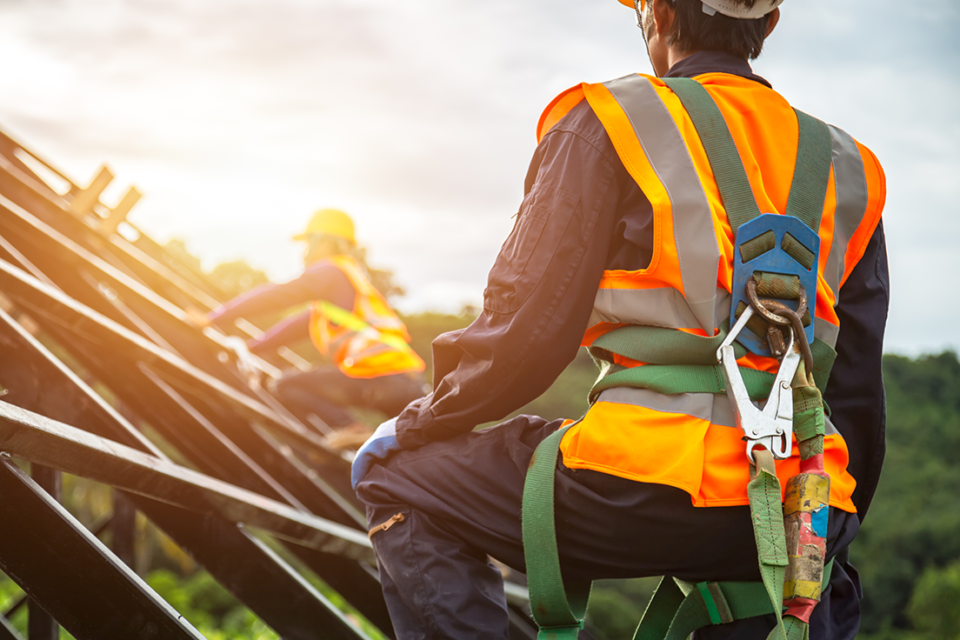Introduction: The United Arab Emirates (UAE) boasts a skyline dotted with towering skyscrapers, bustling construction sites, and diverse industries that often involve working at heights. While these developments signify progress and innovation, they also present significant risks for workers involved in tasks at elevation. Fall-related accidents remain a serious concern, making fall protection UAE measures a crucial aspect of workplace safety in the UAE.
Understanding Fall Hazards: Working at heights poses inherent dangers, including the risk of falls that can result in severe injuries or fatalities. Common industries such as construction, maintenance, and window cleaning involve tasks performed at elevated locations, intensifying the need for stringent safety protocols.
Regulations and Standards: In the UAE, ensuring worker safety at heights is governed by various regulations and standards. The Ministry of Human Resources and Emiratisation (MoHRE) implements guidelines to safeguard workers’ well-being, emphasizing the importance of fall protection measures. These regulations often align with international standards to guarantee a comprehensive approach to safety.
Key Components of Fall Protection Systems:
- Personal Protective Equipment (PPE):
- Harnesses: Workers must wear properly fitted harnesses that distribute fall forces across the body in case of a fall.
- Lanyards and Lifelines: These are essential components that connect the harness to a secure anchor point, preventing free falls.
- Anchorage Points: Properly certified and secure anchor points are crucial for attaching lifelines and lanyards to ensure stability.
- Guardrails and Barriers:
- Installing guardrails or barriers along edges and openings helps prevent accidental falls, providing a physical barrier against hazards.
- Training and Education:
- Adequate training and awareness programs are vital to educate workers about the risks associated with working at heights and how to properly use fall protection equipment.
Implementation Challenges and Solutions: Implementing effective fall protection systems comes with challenges such as ensuring compliance, providing adequate training, and regularly inspecting equipment. Employers can address these challenges by fostering a culture of safety, conducting frequent safety audits, investing in high-quality equipment, and consistently reinforcing safety protocols through training and supervision.
Role of Technology in Fall Protection: Technological advancements have introduced innovative solutions to enhance fall protection. These include smart PPE equipped with sensors to monitor worker movements, advanced anchor systems, and virtual reality training modules to simulate working at heights.
Conclusion: Fall protection UAE remains an integral aspect of workplace safety in the UAE. Implementing robust safety measures, complying with regulations, providing quality training, and leveraging technological advancements are paramount to ensuring the well-being of workers engaged in tasks at elevation. By prioritizing safety, companies in the UAE can create a work environment where workers feel secure and protected while operating at heights.
Remember, ensuring safety at heights is not just a legal obligation but a moral responsibility to safeguard the lives of workers and promote a culture of well-being in the workplace.

